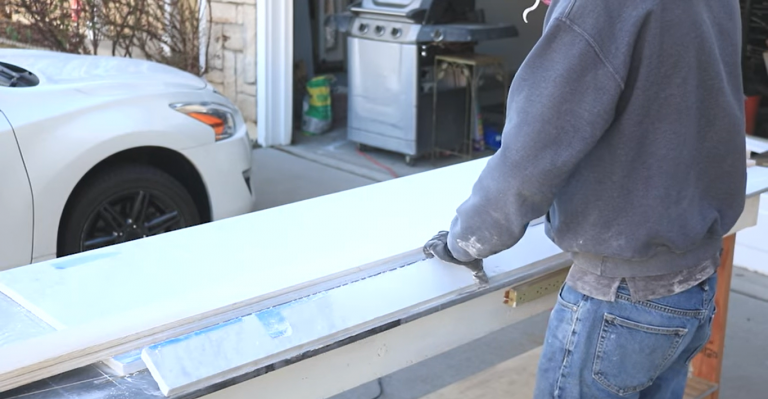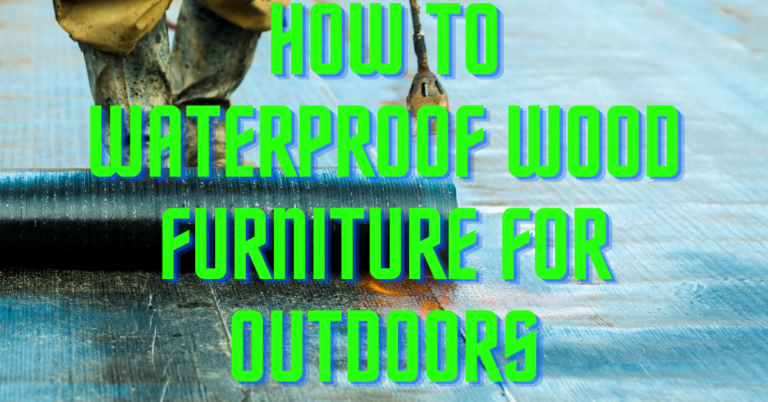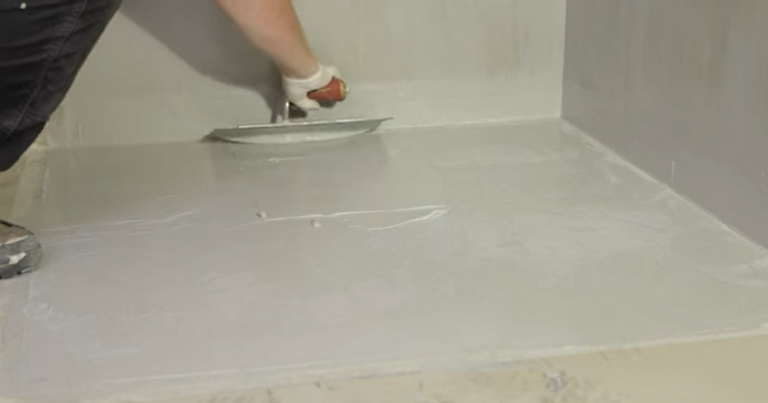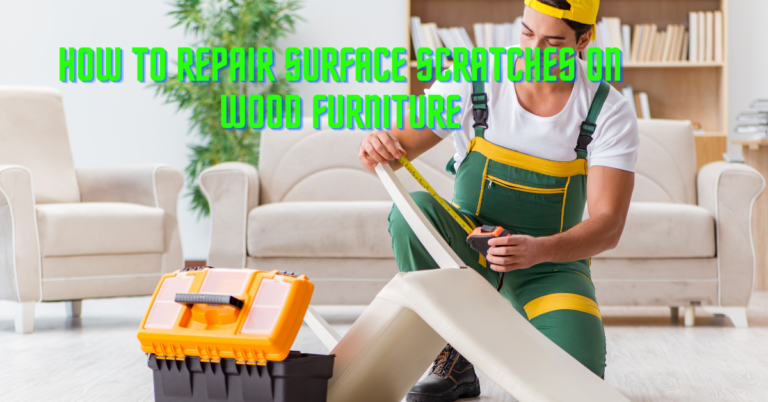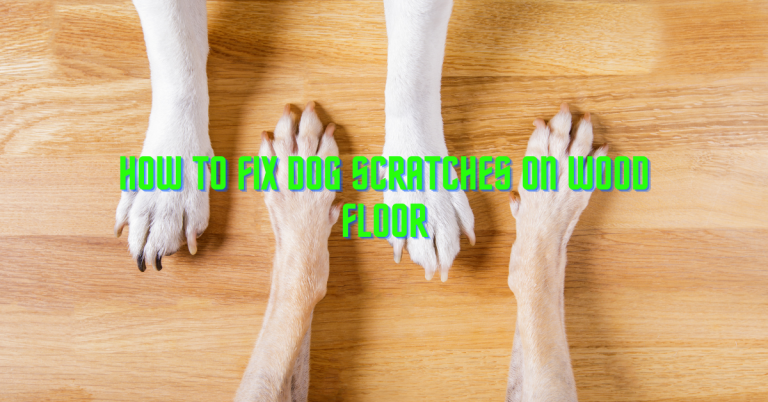Painting Wood Without Primer & Sanding? Our Opinion
The place of a primer can be shoved aside when we’re considering painting wood. Yes, it can! Painting wood without primer is possible. Well, are you thinking it’s not possible?
A lot of science would tell you it’s not possible to. A primer coat is recommended for almost all painting projects, whether it’s new drywall, previously painted brick, old wood, untreated wood, metal, or any other surface.
But Why Primers In The First Place?

A primer is a kind of paint with an adhesive that sticks to the wall and ensures that the surface has a uniform and ideal texture so that stains and previous colors would not peep under the new coating. A primer also helps prevent the paint from peeling off the wood as the adhesive holds well to the wood. That is, a primer prevents paint peeling, cracking, or blistering.
But the downside of primers is, firstly, some primers take along to dry. Oil-based primers would take 24 good hours to dry. And in cases when you’d want to apply two coatings lavishly, you’d spend 48 hours preparing your surface. Some primers even take days to dry. To prepare your wood!
Secondly, most of these primers release chemicals that might harm human health. These chemicals are called Volatile Organic Compounds VOCs. VOCs can trigger serious health problems with their strong odor. So, to use these kinds of primers, you’d need cross-ventilation, a steady fan, and in some cases, masks.
Now, is there a way to prevent these, paint wood and still prevent it from peeling, and even make the wall uniform? Yes, there is. There are instances when you don’t need to use primers.
- You’re Using An All In One Primer Plus Paint
- A Wall Is Previously Painted.
- You’re Changing To A Darker Tone Of The Previous Color
- The Wood Is Previously Sealed.
- You can skip primers when the wood is water-resistant.
- You Can Skip Primers When You’re Using A Primer Plus Paint in one.
A lot of paints these days have come with the new technology of self-priming colors. A primer plus paint in one paint contains a much higher percentage of solids than average paints, producing a thicker coat. More solids help to seal the surface and improve paint adhesion and still provide color and protection.
This would help in cases where priming seems compulsory. You can opt for self-priming paints. It will save you money, the stress of waiting long hours for primers to dry (as oil-based primers take up to 24 hours to dry), and is easy to apply.
You might need these kinds of paint when you’re painting bare wood for the first time. And when you’re painting woods that may bleed tannins.
- When A WalI’s Previously Painted.
There’s a high probability that your previously painted wood has gone through the process of sealing. It has gone through the process of sanding, priming, and painting.
The wood has already been protected from stain and color peeping. So when you’re repainting with the same color, you don’t necessarily need a primer.
You just run your paint over the previous one in one or two coatings, and there you have, your wood shining as new! The last color should suffice for the protection of the wood from peeling. And if it doesn’t cover well, a double coat would do!
- When You’re Changing To A Darker Tone Of The Previous Color.
When you want to change the colors in a wood, you might need a primer to hide the previous paint from showing underneath completely. But if the colors are familiar, the same rule applies to the last paragraph. Your wood has been treated nicely, so you don’t need a primer. And darker colors cover well than brighter ones.
- When The Wood Is Previously Sealed.
Varnished woods can make your work so easy you’d not even remember you’d not used a primer. The sealing is very durable because it contains a higher ratio of solids. These solids will help fill the pores and flatten the grains. Some other sealers like polyurethane, a liquid plastic, would work correctly with oil based paints.
So, before you decide to buy a primer, consider, does the wood have a good sealer? If it does, won’t I be wasting time and money getting a primer?
How To Paint Wood Without Primer

You might take painting wood as something as easy as peeling oranges. But I’ll tell you it has its technicalities that would render your work almost useless without a forehand knowledge.
So, you’re asking, Do you need to go through some specific steps before you paint your wood? Yes! Because we said it is possible to paint without priming doesn’t mean you grab your roller and pour out your mind with the paint. There are some steps to take to make the color stay well on the surface.
Prepare your wood!
This part is one of the most overlooked aspects of the painting. You need to prepare your wood.
If you’re repainting an area or the whole surface, the first thing to do is assess the surface’s paint condition. If the paint is peeling, you need to remove the stain with a putty knife or a scraper. Don’t ever make the mistake of repainting on an unprepared wood. It would peel off the paint.
Now, you move to fill the pores and gouges on the surface of the wood. You’d get a good wood putty and fill in long cracks and little holes that might be on the wood’s surface. This makes the surface flat and smooth.
Sand.
Smoothen it perfectly with good sandpaper. Start from the puttied parts. Start first with 80 grit sandpaper. And then give it another sanding with a 180 or higher grit sandpaper.
For new woods, rub the sandpaper twice with a 280-320 grit wet or dry sandpaper following the wood grain’s direction. If you don’t follow the wood’s path and you sand across, you’ll make the grain break and fluff up the wood fibers, making the job more difficult, as you’d need many coats to cover up the raised wood fibers.
Clean Off The Wood Dust.
You can use a vacuum cleaner to vacuum off the dust. You can wipe it off with a rag. But don’t forget to as it might clot the paint and destroy the smoothness of your painting.
Now that your wood is prepared. We move to the next step.
Choose Your Paint.
There are a lot of paints for wood. But are based mainly on two categories oil-based and latex.
A lot of people use latex- that is, water-based paint. But an oil-based works better for wood with heavy usages. Plus, oil-based leaves fewer brush marks compared to latex. But the choice is yours.
Choose Your Sheen.
You have to choose the kind of sheen you want. Yes, you’ve determined what type of paint you need to select the type of shine.
These are the most common types of sheen.
Flat: It is a non-reflective finish and perfect for hiding imperfections.
Matte: very slightly reflective. Easier to clean than flat but not so much a reflective paint.
Eggshell or Satin: increasingly more reflective. These tend to vary significantly based on manufacturer specifications.
Semi-gloss, Gloss: the most reflective and durable of all sheens.
So you have to choose one of these that you deem fit for your wood.
Then to the much-awaited part.
Paint Your Wood.
Since you’ve chosen your wood, get a good brush and roller for larger surfaces, and apply your paint. Start from the top of the wood and descend slowly till you’ve painted the whole exterior.
Be mindful not to rush to the second coating. This first is called undercoating as it hides the previous paint. And prepares a foundation for the final coat.
In some instances, you might need to sandpaper the surface after the first coating. Sanding gives your final coat a nice surface to grip on.
Sealing Or Protecting the finish.
Be sure you need a sealer. Why? Some paints come with a protestant that safeguards the color against water and wear. This can save you time and money.
However, some may want to add a layer of protection on the wood against outdoor weather. So, in these cases, you sandpaper your surface the last time and apply your sealer. Be it varnish or polyurethane.
Conclusion – Painting Wood Without Primer
So now, you know it’s not in all cases a primer is necessary. In some cases, it’s just a waste of time. In some cases, it’s just a waste of resources. All you need might be only a little consideration in terms of paint, sheen, or even sealers.
However, keep in mind that the work of a primer is not needless. There are still a lot of woodworks that would require you to prime before painting.
Important Reads:


